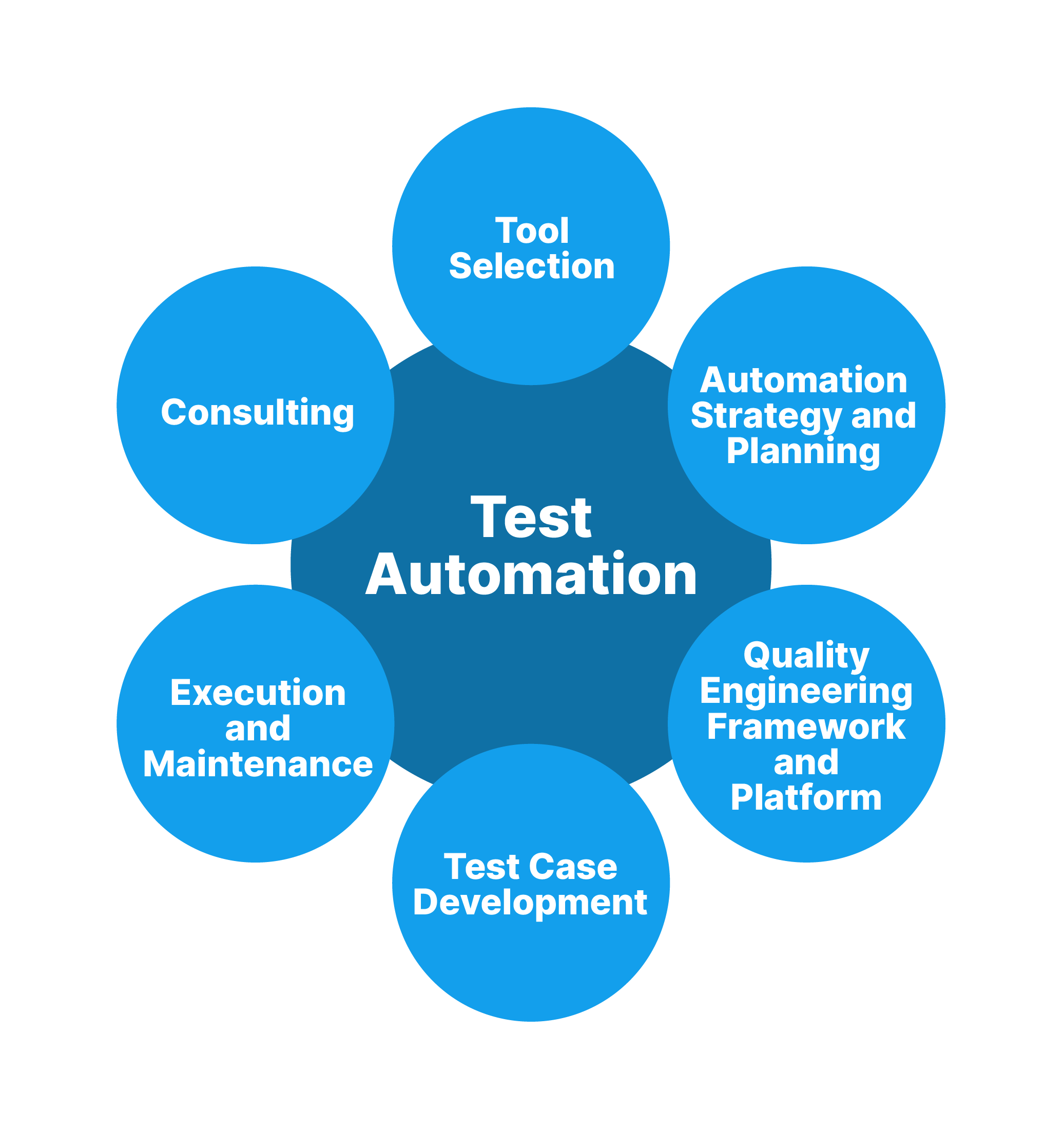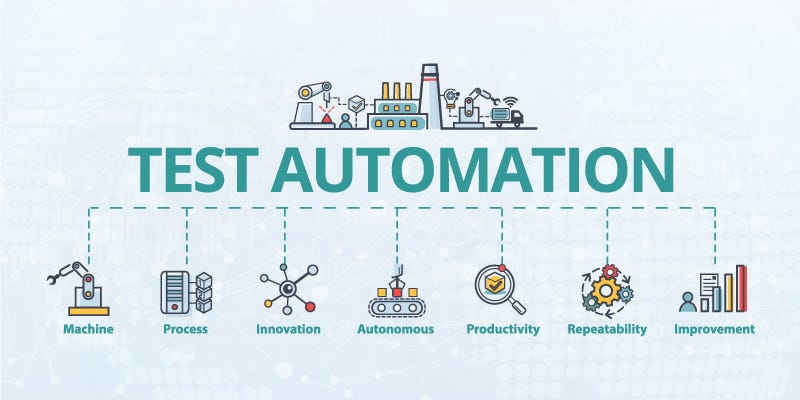Picking the Right Tools for Effective Automation Testing Solutions
From Manual to Automated Testing: A Comprehensive Overview to Transitioning Efficiently and Successfully
In the realm of software testing, the change from manual to automated procedures has become an increasingly crucial transition for organizations seeking to boost performance and accuracy in their testing methods. The trip from handbook to automated screening is not without its obstacles, yet when approached strategically and with a clear strategy in mind, the benefits can be substantial.
Advantages of Automated Evaluating
Automated screening offers numerous advantages, boosting effectiveness and accuracy in software application development procedures. One main advantage is the significant reduction in screening time. Automated tests can be run simultaneously on numerous devices and running systems, considerably speeding up the screening stage contrasted to manual testing. This increased effectiveness enables for faster comments on the high quality of the software program, enabling programmers to recognize and deal with problems immediately.
Furthermore, automated testing makes certain a higher level of precision in detecting issues. Consistency in testing is also enhanced, as automated examinations execute the very same actions precisely each time they are run.
Selecting the Right Tools

Firstly, evaluate your requirements and objectives. Understand the scope of your project, the innovations included, and the capability of your group. This analysis will aid you figure out the attributes and abilities you need in your screening tools.
Second of all, think about the compatibility of the devices with your existing systems and processes. Seamless combination with your current software program growth lifecycle is important to guarantee a smooth transition to automation.
In addition, review the scalability and adaptability of the devices. As your testing needs evolve, the tools should be able to adjust and accommodate changes properly.
Lastly, factor in the assistance and area around the devices. Robust support and an active customer neighborhood can provide important sources and support when executing automated screening. By meticulously thinking about these facets, you can choose the right devices that align with your requirements and established the stage for an effective transition to automated testing.
Composing Reliable Test Scripts

When crafting examination scripts, it is necessary to consider the certain demands of the software being checked and ensure that the scripts address all essential performances. Descriptive and clear calling conventions for examination scripts and examination situations can improve readability and maintainability. Additionally, incorporating mistake handling devices within the test scripts can assist in identifying and resolving concerns promptly.
Additionally, arranging test manuscripts into modular components can enhance reusability and scalability, lowering Web Site redundancy and improving performance in test manuscript upkeep. Regular reviews and updates to evaluate scripts are crucial to maintain pace with advancing software program needs and capabilities. By following these principles, testers can develop robust and reliable examination manuscripts that add significantly to the success of automated testing processes.
Integrating Automation Into Workflows
Efficient assimilation of automation tools into existing workflows improves processes and improves efficiency within software development cycles. When incorporating automation right into process, it is important to recognize repeated tasks that can be automated to save time and lower human error. By perfectly incorporating automated testing tools like Selenium or Appium right into the software program advancement lifecycle, groups can achieve faster responses on code modifications, bring about quicker insect discovery and resolution. This assimilation permits continuous testing throughout the growth procedure, guaranteeing that any concerns are recognized beforehand, resulting in greater software program quality. Additionally, automation can be utilized to activate examinations instantly after each code dedicate, offering prompt recognition and releasing up testers to concentrate on more facility circumstances. Correct assimilation of automation tools needs collaboration between advancement, screening, and operations teams to establish a unified workflow that maximizes efficiency and effectiveness in providing high-quality software.
Guaranteeing a Smooth Change
Successfully transitioning to automated testing entails meticulous planning and cautious implementation to make the most of and reduce disturbances effectiveness in the software program development procedure - automation testing. To guarantee a smooth shift, it is necessary to start by carrying out a comprehensive analysis of the existing testing procedures and recognizing locations where automation can bring one of the most considerable advantages. Engaging with all stakeholders beforehand in the procedure, consisting of developers, testers, and task supervisors, is essential for garnering support and buy-in for the automation campaign
Interaction is essential throughout this change stage. Clear communication of the goals, benefits, and assumptions of automated testing helps blog here to take care of any kind of resistance or worries that might occur. Additionally, giving appropriate training and resources for staff member to upskill in automation tools and strategies is crucial for making sure a successful change.

Verdict
To conclude, transitioning from manual to automated testing supplies countless benefits, consisting of enhanced efficiency and dependability. By selecting the appropriate tools, composing efficient examination scripts, and integrating automation effortlessly right into process, companies can ensure a smooth and successful transition. It is necessary to welcome automation as a valuable property in software program testing processes to enhance total high quality and efficiency.
In the realm of software program testing, the shift from manual to automated processes has come to be a significantly crucial shift for companies looking for to improve performance and accuracy in their screening methods. Automated tests can be run at the same time on several gadgets and running systems, considerably speeding up the screening stage compared to hands-on screening. Uniformity in screening is also improved, as automated tests implement the exact same steps precisely each time they find out here are run.To ensure the effective execution of picked testing devices, the creation of efficient test scripts plays an important function in confirming the functionality and performance of automated processes - automation testing. By following these principles, testers can develop efficient and robust examination manuscripts that contribute substantially to the success of automated screening procedures